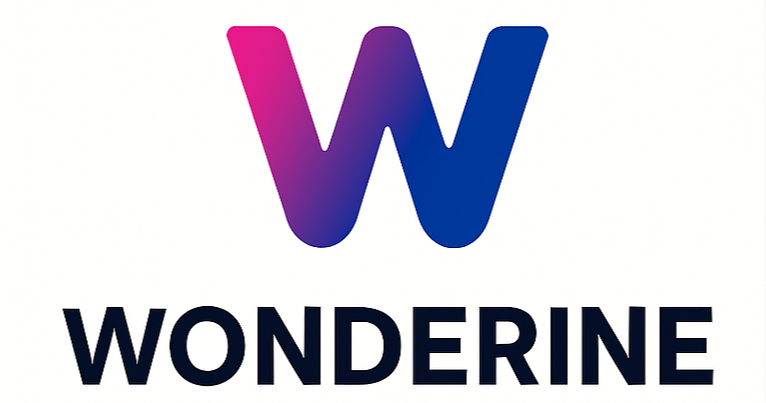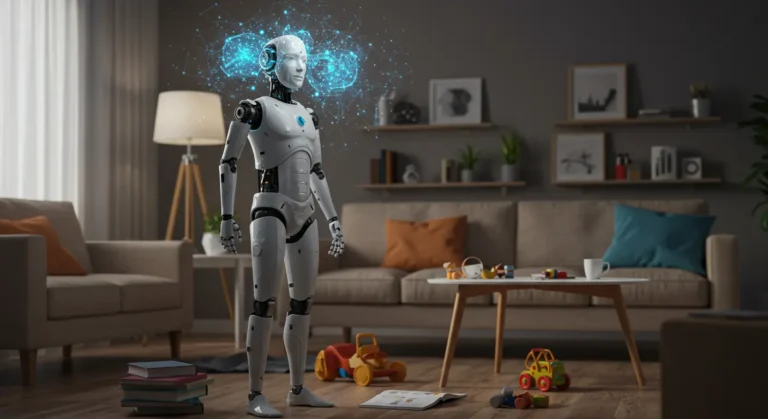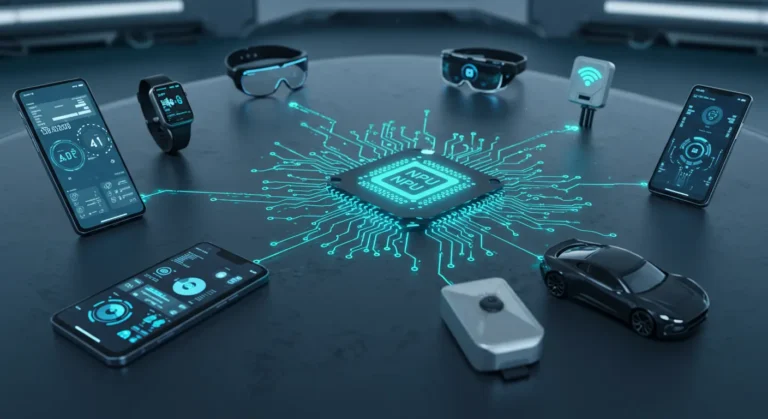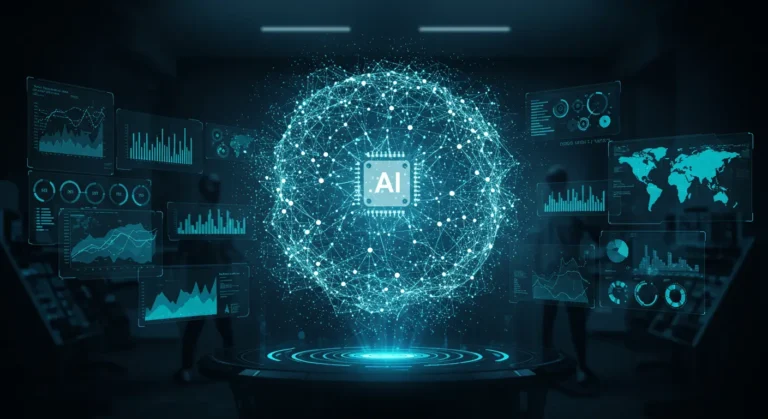
We used to think of creativity as the last thing machines would touch.
Then came 2025 — and AI started writing pop songs, designing fashion collections, and generating visuals that made people stop and stare.
But here’s the real story: AI isn’t just replicating creativity. It’s remapping it.
The question isn’t whether AI can create. It’s what happens to creativity when it does.
What’s Actually Happening in 2025

Let’s clear the fog.
AI isn’t “replacing artists.” It’s being embedded into the creative pipeline — from ideation to execution — with breathtaking speed.
Here’s what that looks like in real workflows:
- 🎶 Music: AI tools like Suno, Soundful, and Aiva generate beats, melodies, and even full vocal tracks.
- 🖼️ Visual Arts: Platforms like Midjourney, DALL·E, and Runway help artists prototype styles, scenes, and compositions instantly.
- 👗 Fashion & Design: Brands are co-designing collections with generative algorithms trained on aesthetics, color theory, and even emotional tone.
- 📰 Publishing: Magazines are using AI to help select, refine, and even ghostwrite editorial content based on audience data and tone presets.
In other words, AI is not a tool for the end. It’s becoming part of the creative beginning.
The Human + AI Co-Creation Model

What’s actually working best in 2025 isn’t AI-alone.
It’s this model:
✍️ Prompt → 🤖 Generate → 🎨 Curate → 🔁 Refine
This is showing up in:
- Songwriting rooms, where lyricists draft lines with GPT-based models
- Game design studios, where background worlds are rendered and then painted over
- Branding agencies, where AI creates dozens of directions — and humans pick the mood
The AI doesn’t “replace” the creative voice. It amplifies and accelerates it — if the human knows what they want.
Real-World Impact: Speed, Scale, Accessibility
Why the buzz? Because AI unlocks 3 core advantages:
1. Speed
A draft song in seconds. A hundred thumbnail visuals in minutes. The timeline for ideation → production is collapsing.
2. Scale
Creatives can now test 10 ideas, not 1. Generate B-side content, localized assets, alt versions — without a full team.
3. Accessibility
A non-musician can now produce a track. A writer with no drawing skills can build a graphic novel. A kid with no budget can launch a brand lookbook.
This doesn’t democratize mastery — but it levels access to expression.
The Friction Points (and Why They Matter)
Of course, there’s heat.
🔒 Ownership
If AI generates an image from your prompt, do you own it? Do the model’s training artists deserve credit?
🎭 Authenticity
Will audiences care if a song was written by a model? Or does emotional connection transcend origin?
⚖️ Aesthetic Flattening
Are we heading into a style monoculture? If every generator pulls from the same training data, do we risk creative echo chambers?
🧠 Skill Atrophy
What happens when entry-level creatives stop learning the fundamentals — and just prompt?
What Real Creatives Are Doing Right Now
- Using AI as a collaborator, not a crutch — treating it like a wildly fast intern
- Prompting like a skill — crafting language to direct AI as precisely as a brushstroke
- Blending analog + digital — e.g., hand-drawing over AI-generated base sketches
- Building hybrid portfolios — showcasing their curation, refinement, and reworking of generative outputs
FAQs
Is AI really “creative”?
It depends how you define creativity. AI recombines and surprises — but it doesn’t feel or care.
Will AI replace artists?
Not the ones who adapt. It may replace certain roles or workflows, but not human intent and resonance.
Can AI-generated art win awards?
It already has. But more contests are adding disclosure rules and co-creation categories.
How can artists use AI ethically?
Credit sources. Disclose when relevant. And use it as a mirror, not a mask.
Final Thought: The Prompt Is the New Paintbrush
AI isn’t the end of creativity.
It’s the beginning of a new medium — one that’s fast, fluid, and deeply collaborative (if we let it be).
In the future, the best creatives won’t be the ones who make things from scratch.
They’ll be the ones who know what to ask for, what to reject, and what to reshape.
The prompt isn’t cheating.
It’s a new kind of authorship.
👉 Follow Wonderine for more briefings by Juno Vector.
“I don’t just follow tech. I translate it.”




